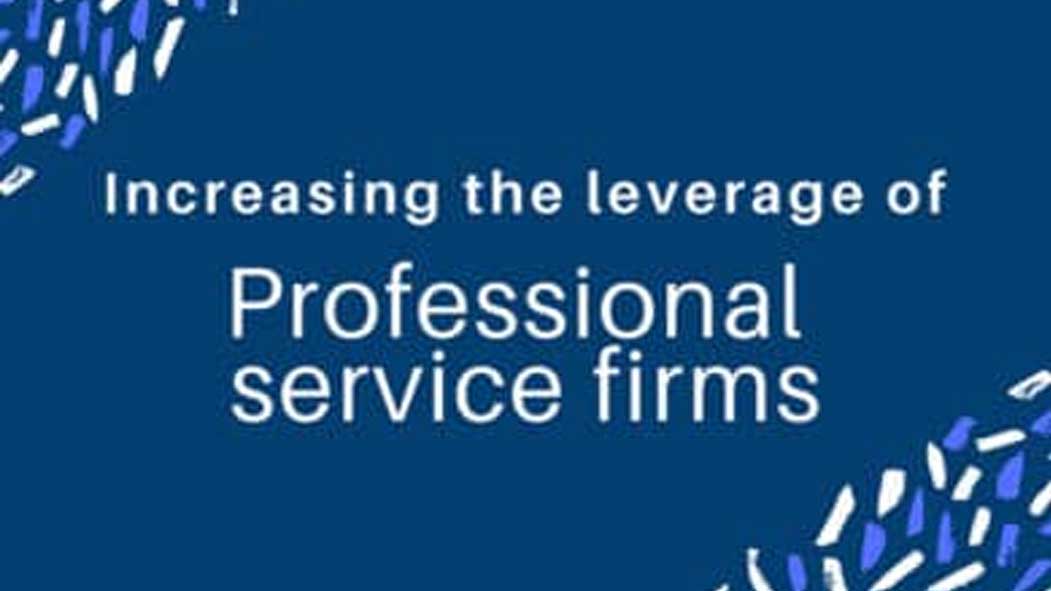Anyone who has ever worked in a professional firm knows how important leverage is in achieving strong results for both the firm and clients. Leverage allows work to be assigned to people with the most relevant skills at the most appropriate cost base. And it’s this which achieves greater value for clients and profit for the firm.
In recent years, the development of technological solutions to manual workflow has resulted in many routine compliance processes being streamlined or even eliminated. The remaining compliance tasks can to a large extent be systemized and outsourced to people who can complete these tasks more efficiently than using internal staff.
Do you outsource services and tasks to compliance and administrative experts? Have you seen an increase in your capacity? What have you done to take advantage of this?
With the increase in available capacity for growth enabled by leverage, it’s surprising that many firms are still struggling to create new value through the provision of consulting and advisory services to their clients. In essence, the partners and managers of many firms are simply doing more of the same. With increasing price pressure on compliance services, firms that are unable to break the compliance cycle will likely continue to experience declining profits.
How successful has your firm been at breaking out of the compliance cycle? What can your firm do to start adding real value to clients and the firm?
- Map every step of the production compliance cycle. Identify technological solutions to assist with the collection and processing of data. Where possible, outsource to compliance experts any standard processes that don’t need direct client engagement. Use outsourcing as an excuse to streamline all compliance processes.
- Identify advisory and consulting services that you currently provide to clients on an ad hoc basis. Work out how these services can be better leveraged using standard systems and processes. Consider software tools that can be used consistently with most if not all clients.
- Provide client-focused staff with training and coaching in analytics and client communication skills. Our people need to be more future-oriented and able to work directly with clients to help them achieve their financial goals.
- Put in place a service-pricing model that focuses on value as well as time-cost. It’s important to recognize that there’s a continuum of pricing arrangements between time cost on one side and pure value pricing on the other. Hybrid pricing models including retainers and incentives are often a better option in sharing the risk of future benefits and costs.
- Critically review the way your firm measures success. Move away from a focus on chargeable time as a key determinant of success. Instead, focus on client-centric measures such as value (tangible and intangible), satisfaction (addressing needs) and ongoing engagement (touchpoints).
Any staff with direct client responsibility must focus on developing those relationships rather than getting bogged down with compliance and production. This means delegating technical and administrative tasks at a compliance level to free up more time for advice.
Often, the key roadblock to achieving leverage is the behavior of managers and partners, learned through years of engagement with clients at a compliance level. Discipline is needed to think differently about traditional roles and responsibilities.

